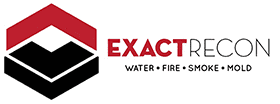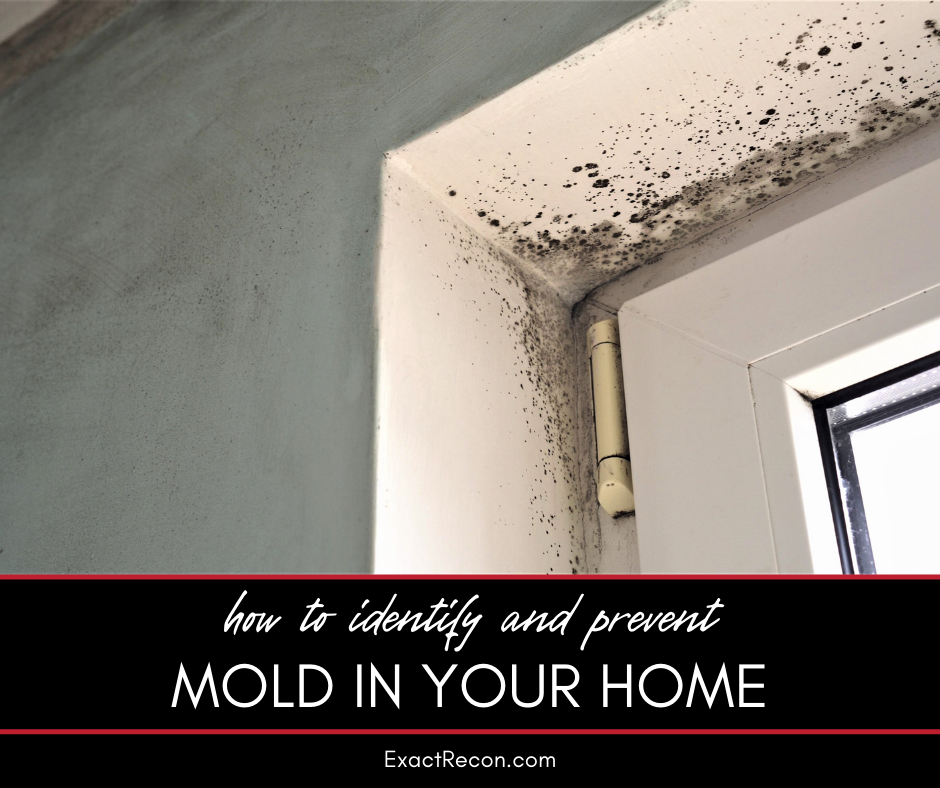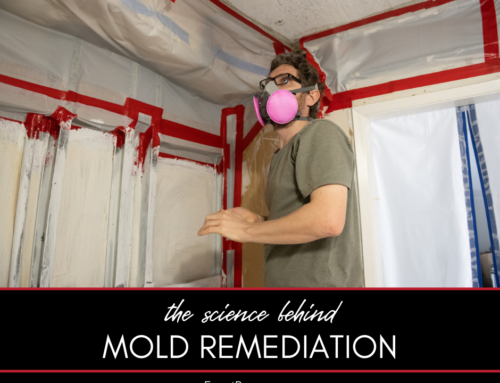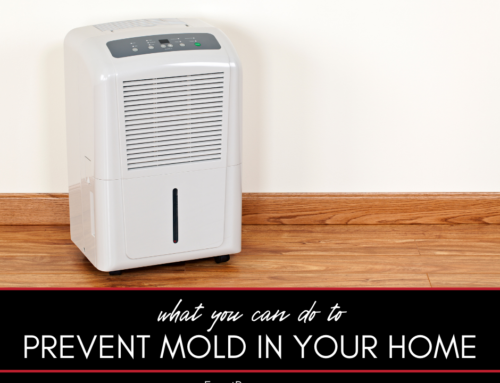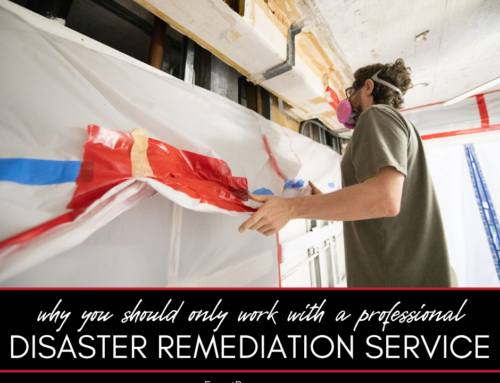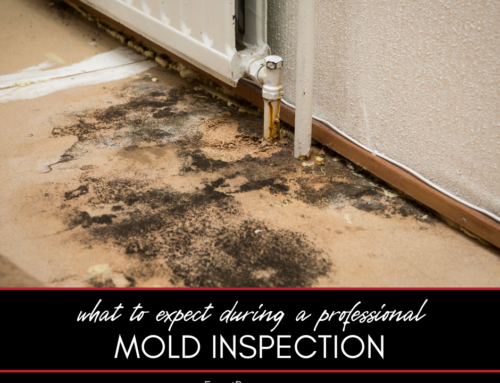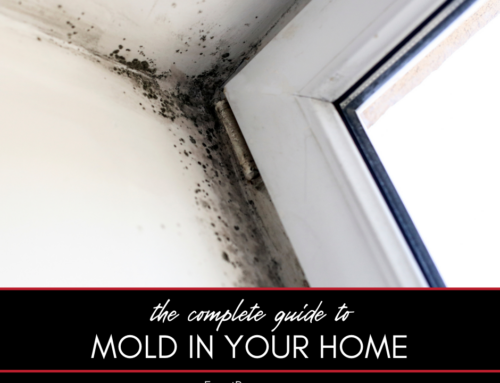Mold is one of those unwelcome guests that sneak into our homes after water-related mishaps. Whether it’s from a flood, a broken pipe, or just Michigan’s ever-changing weather, mold can pose real health threats. The good news is, with a little knowledge and a keen eye, you can keep mold at bay, or at least catch it early before it becomes a significant issue.
How to Identify and Prevent Mold Growth in Your Home
It’s essential to know how to identify mold and nip it in the bud before it becomes a real headache. And if you’re armed with prevention strategies, even better! This guide covers:
- Signs you might have mold in your home
- Common areas for mold to hide
- Effective prevention strategies
- Why early intervention is crucial
- When to call in the professionals
Here’s a closer look at each.
Signs You Might Have Mold in Your Home
Mold is sneaky, often creeping into homes undetected. Here’s a deeper dive into the subtle signs:
- Musty Odors: Even if you don’t see mold, a persistent musty smell is a strong indicator of its presence. Mold releases microbial volatile organic compounds during its growth, leading to this characteristic odor.
- Frequent Allergic Reactions: If you or family members experience sudden allergies, like sneezing, runny nose, or itchy eyes, especially when at home, mold might be the culprit.
- Discoloration on Surfaces: Stains or discoloration, especially in damp areas, can indicate mold growth. Colors can range from black and green to brown or even pink.
- Peeling or Bubbling Wallpaper and Paint: Mold growth behind wallpaper or paint can lead to these materials lifting or bubbling up.
- Condensation on Windows: While this isn’t mold itself, condensation indicates higher moisture levels, a perfect environment for mold to flourish.
Common Areas for Mold to Hide
Mold prefers corners and nooks that we often overlook:
- Under Sinks: With frequent water usage, plumbing leaks often go unnoticed here, creating a moist environment ideal for mold.
- In Basements: Basements, especially unfinished ones, can trap humidity. Combined with occasional floods or leaks, they become mold hotspots.
- Around Window Sills: Condensation often forms here, providing mold the moisture it needs.
- In Bathrooms: The constant moisture from showers or baths, especially without proper ventilation, can lead to mold growth on tiles, grout, and walls.
- Behind Appliances: Refrigerators, washing machines, or air conditioning units can have unnoticed leaks or condensation.
Effective Prevention Strategies
Preventing mold’s appearance is easier than eradicating it:
- Regular Ventilation: Ensure spaces, especially bathrooms and kitchens, are adequately ventilated. Open windows or use exhaust fans to reduce humidity.
- Dehumidifiers: These devices can be particularly beneficial in consistently humid areas like basements.
- Fix Leaks Promptly: From dripping faucets to leaky roofs, address moisture issues immediately.
- Regular Maintenance: Cleaning and checking areas like gutters and downspouts can prevent water accumulation.
- Keep Indoor Plants in Check: Some indoor plants can harbor mold. Ensure they’re healthy and not overwatered.
Why Early Intervention is Crucial
Mold is more than just an eyesore:
- Structural Damage: Over time, mold can weaken wooden beams, drywalls, and other structural elements, leading to potential collapses or failures.
- Increased Health Risks: The longer mold stays, the more spores and toxins it releases, aggravating allergies and potentially causing respiratory issues.
- Costlier Remediation: The more widespread mold becomes, the more challenging and expensive its removal will be.
When to Call in the Professionals
While minor mold occurrences can be a DIY task, certain situations warrant expert intervention:
- Large Affected Areas: If mold covers an area larger than about 10 square feet (roughly 3 feet by 3 feet), it’s advisable to hire a professional.
- Mold in HVAC Systems: Mold inside air ducts or HVAC systems can spread spores throughout your home, requiring specialized cleaning.
- Health Concerns: If residents have mold-induced health symptoms, a thorough professional cleanup is crucial.
- Recurring Mold: If you’ve cleaned mold, and it keeps returning, professionals can identify the root cause and offer solutions.
- Insight on Local Professionals: Mentioning specific locations like Jackson or Ann Arbor implies that it’s essential to engage with local experts who understand regional mold patterns and challenges.
A mold-free home ensures a healthier living environment, so staying vigilant and proactive is the key.
FAQ About Mold Identification and Prevention
Here are some frequently asked questions about mold identification and prevention. If you don’t see the answers you’re looking for here, please call our office. We’re here to help.
Can I Use Bleach to Kill Mold?
While bleach can kill some molds on non-porous surfaces, it may not prevent mold from returning or kill mold on porous surfaces.
How Dangerous is Black Mold?
Black mold, or Stachybotrys chartarum, can produce allergens and irritants. Prolonged exposure can lead to respiratory issues.
Does Mold Have a Distinct Smell?
Yes, mold often emits a musty, earthy smell, similar to rotting leaves or damp wood.
How Often Should I Inspect My Home for Mold?
Regularly, especially after any water damage or in humid months. Areas prone to moisture should be checked frequently.
Do Air Purifiers Help With Mold?
They can help reduce airborne mold spores, but they won’t fix the root cause of mold growth.
Your home is your sanctuary, and keeping it mold-free ensures it remains a healthy environment for you and your family. By understanding mold, its habits, and how to prevent it, you’re one step closer to a safer home.
Do You Need a Disaster Remediation Expert in Washtenaw County or Jackson County?
If your home has already been damaged, we can help. Check out our services and call Exact Recon for your free disaster remediation quote today. We offer:
- Water damage restoration
- Mold removal and remediation
- Fire and smoke restoration
- Sewer cleanup and disinfecting
- Reconstruction
- Wind and storm damage repair
